Last updated on: October 2, 2023
Pickleball popularity has increased rapidly in recent years, becoming one of the fastest-growing sports in America. As more people take up pickleball, they are confronted with the high costs of equipment, especially paddles. Here are some of the reasons Why Are Pickleball Paddles So Expensive:
Materials and Construction
The materials and construction of a pickleball paddle play a big role in its performance and price. High-end paddles are made from advanced composite materials like fiberglass, carbon fiber, Polymer, aluminum, and aerospace-grade Honeycomb cores. These materials make paddles light, durable, and able to dampen vibration. These also materials provide strength, and durability, and optimize paddle performance, but they are more expensive than materials used in basic recreational paddles—the cost of materials accounts for much of the price tag.
Common Pickleball Paddle Materials:
- Fiberglass – Lightweight and durable but not as stiff as carbon fiber. Mid-range price point.
- Carbon Fiber – Very lightweight, stiff, and durable. Top-of-the-line paddles. Expensive.
- Polymer – Lightweight synthetic materials like TeXX. Gives control with some pop. Moderate price range.
- Aluminum – Heavier than composites but provides power. Lower and mid-range prices.
- Honeycomb Core – Sandwiched between face materials. Adds stiffness and vibration dampening.
Comparing some of the common materials used in pickleball paddle construction and their price ranges:
| Material | Price Range | Attributes |
| Polymer | $50 – $100 | Lightweight, good control |
| Aluminum | $50 – $150 | Provides power, heavy |
| Fiberglass | $80 – $200 | Lightweight, durable |
| Carbon Fiber | $150 – $300+ | Very lightweight, stiff, durable |
| Graphite | $200+ | Extremely lightweight, rigid |
| Kevlar | $200+ | Lightweight, high stiffness |
Small Batch Production
With pickleball still a niche sport compared to tennis or ping pong, most paddle manufacturers produce paddles in smaller batches. This results in higher costs per unit. As the sport grows, production volumes should increase and lower costs.
Labor Intensive Manufacturing
Advanced composite paddles require extensive hand assembly and precision molding. Some graphite paddles have over 30 different pieces that are layered and bonded by hand. This meticulous craftsmanship doesn’t come cheap.
Technology/Design
Pickleball paddles now utilize high-tech designs and engineering elements like honeycomb cores, 3D printing, robotic mounting systems, and more. Leading companies also invest heavily in R&D. These improvements provide better power and control, but raise costs.
Brand Value
The top paddle companies like Selkirk, Gamma, Paddletek, Engage, etc. spend heavily on product development, marketing, and sponsored players. Part of what you pay goes towards these branding efforts and loyalty to the brand name.
Latest Technology and Innovation
Pickleball paddle manufacturers are constantly innovating and improving their products. Brands invest heavily in research and development to integrate new materials and technologies into paddles. Features like textured paddle faces, ergonomic handles, vibration dampening, and weight balancing add cost but also boost performance. Players are willing to pay more for paddles with the latest tech.
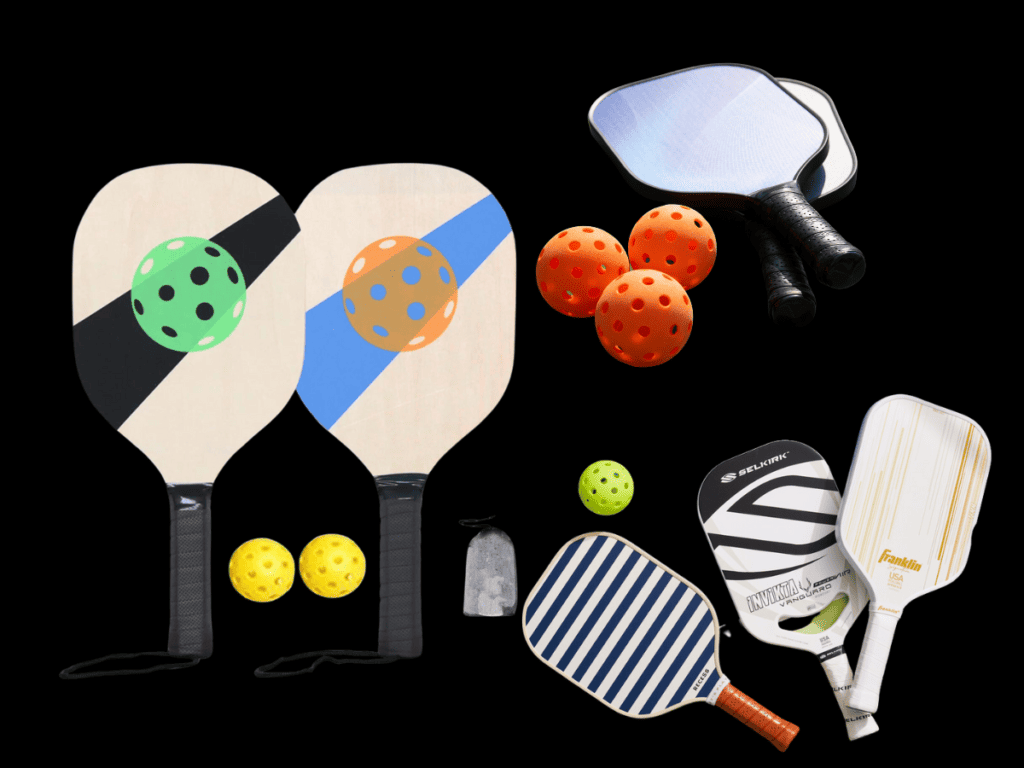
Graphite and Kevlar Paddles
Paddles made with advanced materials like graphite and Kevlar are some of the most expensive on the market. They offer high stiffness, low weight, and great touch and control. However, their price tags are typically $150 and up. These ultra-premium materials come at a steep price.
Countries of Manufacturing
Where paddles are manufactured also impacts the price. Cheaper paddles are often made in China. But most major brands now produce their paddles in countries with higher manufacturing costs like the USA, Canada or European nations. The higher labor costs contribute to the higher prices.
Customization Options
Many premium paddle makers offer heavy customization options. Customers can select specialized cores, face materials, weights, grip sizes, engravings and aesthetics. Each custom spec adds to the costs. Limited special editions and custom pro paddles also command higher than normal prices.
Accessories Add Up
Don’t forget all the extra paddle accessories on the market too. From paddle cases and edge guards to overgrips and control grips, these extras improve functionality but also raise the total spent to equip a paddle. It’s easy to add another $30-40 just on accessories.
Some Other Contributing Factors:
- Precision manufacturing and quality control processes
- Lack of mainstream mass production (compared to tennis racquets)
- High demand and low supply for paddles
- Patents and trademarks of proprietary technologies
- Endorsements of professional players
So while the price tags may seem shocking to new players, there are sound reasons why quality pickleball paddles come at a premium cost. Innovation and engineering do have tangible performance benefits. For enthusiasts who play frequently, the paddle is an investment worth making.
| Factor | How it Impacts Cost |
| Materials | Carbon fiber, fiberglass, polymers cost more than wood |
| Production Volume | Small batches mean higher per unit costs |
| Manufacturing | Hand assembly and precision work is labor intensive |
| Technology | Innovations like honeycomb improve performance but add cost |
| Brand Value | R&D, marketing, and sponsored players don’t come cheap |
Do Expensive Pickleball Paddles Really Make A Difference?
There is an ongoing debate about whether expensive premium pickleball paddles make a significant difference compared to more affordable options. Here is an overview of some key perspectives:
Arguments that expensive paddles make a big difference:
- Better materials like graphite increase power, control, and durability.
- Innovative paddle shapes, grips, and handles provide an ergonomic advantage.
- New textures and technologies add spin, precision, and shot placement ability.
- Serious frequent players see clear benefits from high-end paddles.
- Brand reputation gives psychological confidence to players.
Arguments that expensive paddles don’t make a major difference:
- For beginners and casual players, cheaper paddles work almost as well.
- Diminishing returns on improvements above mid-range prices of $100-$150.
- A $50 paddle versus $250 paddle won’t transform an average player into a pro.
- Much smaller increments between a $150 and $200 or $200 and $300 paddle.
- Players can get used to and excel with any properly weighted and sized paddle.
Do You Necessarily Need Expensive Pickleball Paddles?
No, expensive pickleball paddles are not an absolute necessity for all players. Here are some key points if you need a high-priced paddle:
- Beginners can benefit from cheaper paddles under $50 to get started. No need to invest in elite paddles as a new player.
- Recreational players who play just for fun 1-2 times per week can get by fine with budget and mid-range paddles in the $50-$150 range.
- Intermediate players looking to upgrade from beginner paddles may find mid-range paddles from $100-$200 help elevate their game.
- Advanced and competitive players who play frequently will benefit most from $200+ graphite or carbon fiber paddles which provide more power, control and durability.
- Youth players are fine using basic, inexpensive paddles since they are still developing skills and may outgrow paddles quickly.
- Cheaper paddles around $50-100 often make great backups or loaners for taking friends and family onto the pickleball courts.
How Much Should You Spend on a Pickleball Paddle?
Here are some recommendations on how much to spend on a pickleball paddle based on skill level:
- Beginners – $20 to $50. As you’re learning, no need to invest in an expensive paddle. Basic wood, polymer or aluminum under $50 are fine to start.
- Intermediate Players – $50 to $150. Step up to composite materials like fiberglass or carbon fiber blends. $100-$150 gets quality control and touch.
- Advanced Players – $150 to $300. Performance paddles with graphite or carbon fiber start around $200. $250+ gets pro designs and latest tech.
- Competitive Players – $200 to $300+. Top paddles from major brands with customizable options, elite materials and maximum durability.
- Youth Players – Under $50. Inexpensive wood or basic composite paddles are ideal while skills develop and to replace as needed.
It’s also smart to keep budget in mind for your backup paddle or for loaning out to friends. You generally don’t need to match your top paddle’s price for a backup. And cheaper quality paddles in the $50 range work well for introducing new players. Matching your paddle budget to skill helps maximize value and performance.
What is the most popular pickleball paddle brand?
Some of the most popular and well-known pickleball paddle brands include:
- Selkirk – Founded in 2010, known for innovation and a variety of composites. Many pro players use Selkirk.
- Pickleball Central – One of the largest online retailers, their in-house brand is highly rated for quality and performance.
- Engage – Specializes in graphite and fiberglass composites. Used by top pros like Tyson McGuffin.
- Gamma – Established tennis brand expanded into pickleball with unique shapes and materials.
- Paddletek – Leading maker of graphite pickleball paddles. Endorsed by pros like Catherine Parenteau.
- Onix – Known for durable paddles combining various materials like fiberglass, aramid fiber, carbon.
- Franklin – Sporting goods company making affordable, consistent performing paddles. Good for beginners.
Are there fake pickleball paddles?
Yes, there are some fake or counterfeit pickleball paddles on the market, usually trying to imitate popular paddle brands and models. Here are some things to watch out for:
- Too-good-to-be-true prices that are drastically lower than normal retail.
- Generic or non-branded paddles claiming to be made with materials like “graphite” or “carbon fiber”.
- Knockoff paddle shapes and graphics try to mimic big brands’ designs.
- Lack of any markings from major pickleball organizations like USAPA or IFP.
- Cheap quality control and materials that feel and sound different than real paddles.
- Limited or no warranty provided.
- Being sold on sketchy websites or platforms outside major retailers.
- To avoid fake paddles, shop from authorized retailers of major brands like Selkirk, Gamma, Franklin, etc. Check for proper branding, certifications, realistic pricing and buy only from reputable sellers. While fakes may seem like a deal, performance and durability will be lacking.
Conclusion:
In the end, pickleball paddles are expensive because of the advanced materials used, the exclusivity of brands and technologies, and the desire for high-performance, customized equipment. While it is possible to find budget paddles under $50, most mid-range to pro paddles cost $100 to $300+ for good reason. Paying more does often mean getting an exceptionally crafted, specialized paddle. But beginners can still find quality paddles at lower price points to start.
FAQs related to Why Are Pickleball Paddles So Expensive?
Q: What makes pickleball paddles so expensive compared to other paddle sports?
A: Materials like carbon fiber and fiberglass are more expensive than basic wood paddles. The manufacturing process is also more labor intensive with hand assembly required.
Q: Are expensive paddles worth the high cost?
A: It depends. If you are a beginner, less expensive paddles will be fine. For competitive play, higher-priced paddles provide more power, control, and durability to improve performance.
Q: Will pickleball paddle prices ever go down?
A: As the sport grows and production scales up, prices should decrease over time while still maintaining quality. But exotic materials and technology will keep high-end paddles pricey.
Q: What is a good price range for a beginner vs. advanced pickleball paddle?
Beginners: $50-$100
Intermediate/Advanced: $100-$150
High performance: $150+
Q: What features increase the cost of a pickleball paddle?
A: Materials used, manufacturing process, technologies/innovations, brand name/reputation, and sponsored endorsements.
Are expensive paddles worth it for beginners?
No, beginners will not benefit from ultra-expensive paddles over $150. Moderate prices around $50-100 offer good value for starting players.
What is the most expensive pickleball paddle?
Some ultra-premium graphite paddles can cost over $300. Selkirk, Paddletek, Engage, and other brands have models in this price range.
Can you find cheaper pickleball paddles that are still good quality?
Yes, many budget-friendly paddles under $50 from brands like Niupipo and Amazin’ Aces offer decent performance at affordable prices for beginners.
What is a reasonable price range for a mid-level player’s paddle?
$100-200 is a common price range for intermediate to advanced players looking for a quality composite or lightweight paddle with newer technologies.
Are graphite paddles better than fiberglass or other materials?
Not universally, but graphite offers an exceptionally lightweight and rigid option. It comes down to play style preferences and skill level. Other materials like fiberglass are also good.

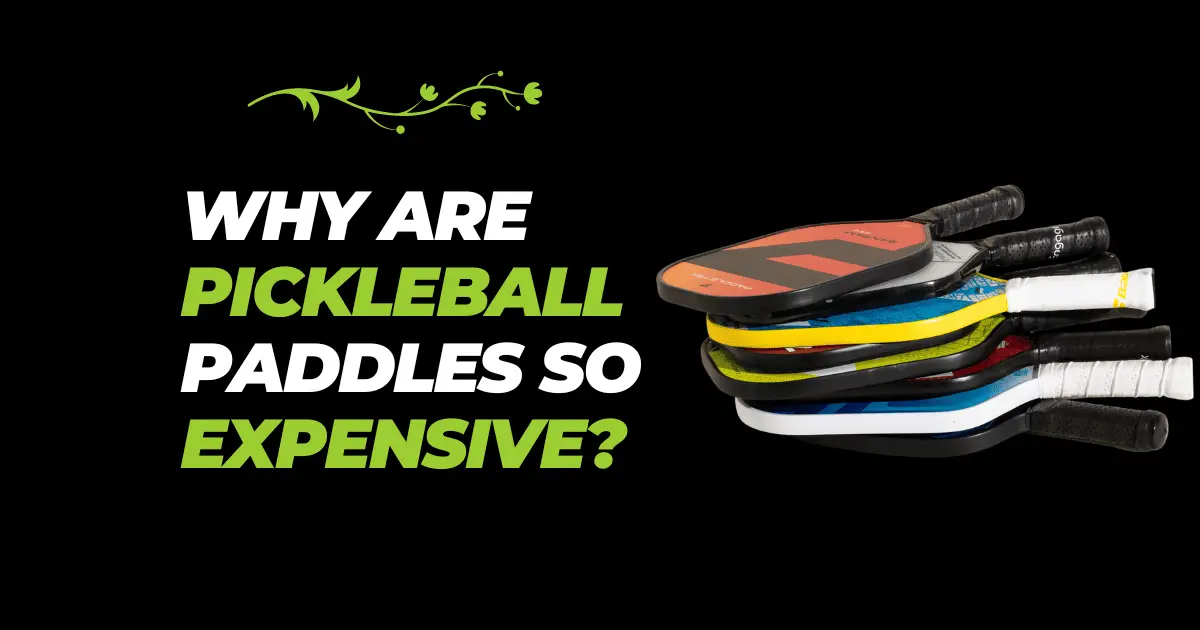
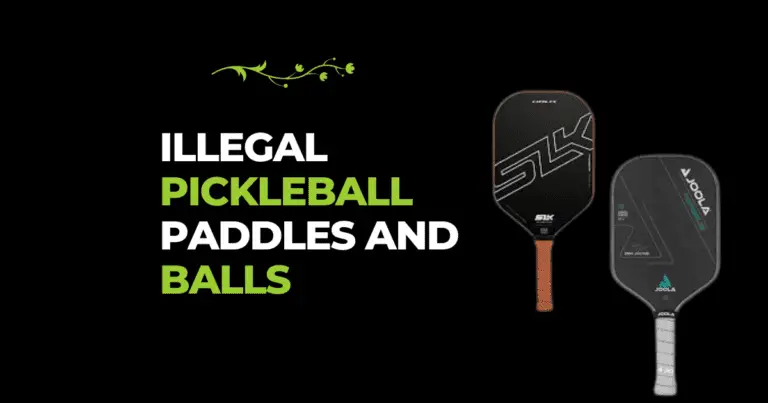

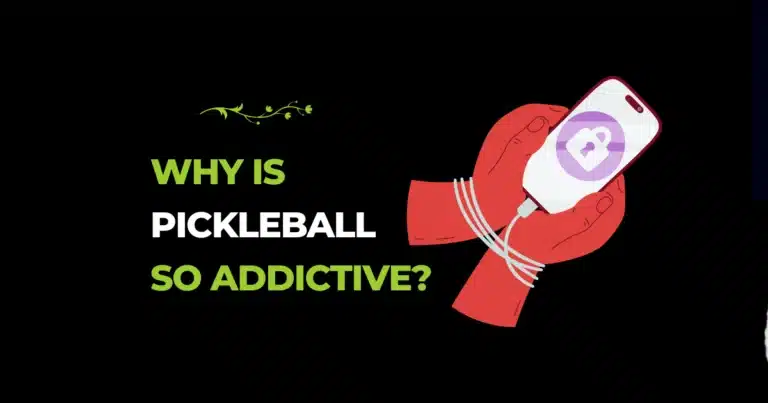
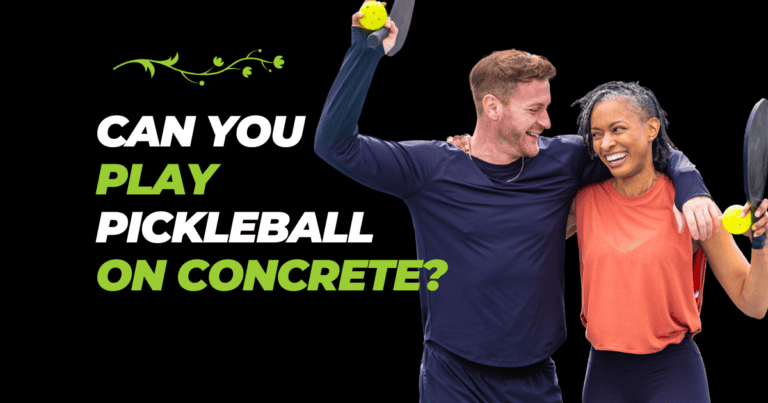
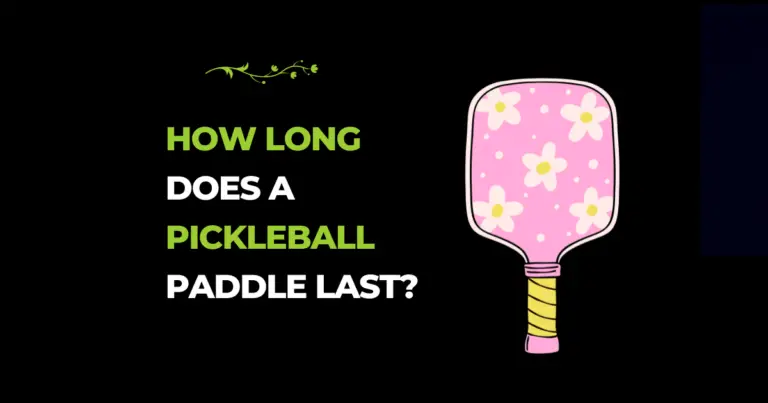

5 Comments